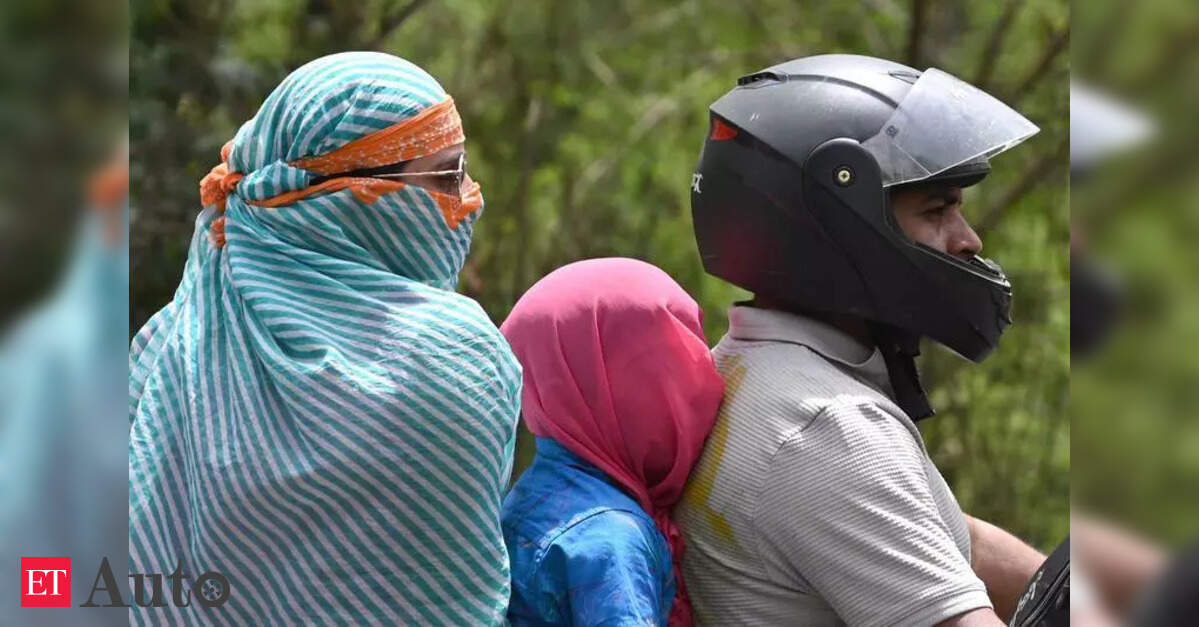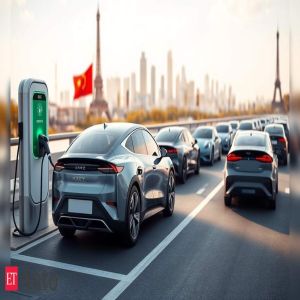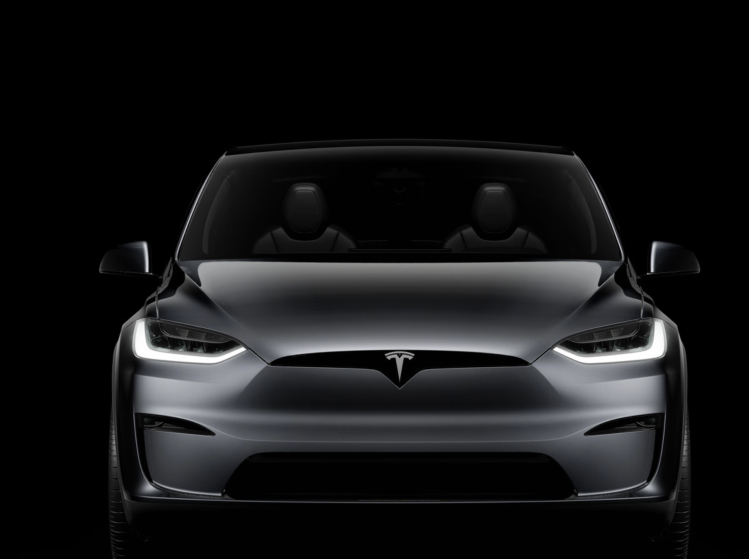Across the capital, it's a familiar sight: helmets, many times non-certified ones, hanging from the handlebars, stuffed into storage compartments or balanced on heads with unfastened straps. It's only when riders spot a uniform in the distance that the helmets are pulled out. But this could be too late and too loose. Between Jan and April, as many as 1,89,015 challans were issued and 62,863 notices were issued for violations caught by cameras. Fatal accidents in Delhi involving two-wheelers surged from 441 in 2020 to 611 in 2024.
These issues, once seen as minor infractions, were brought to the forefront at the National Summit on Road Safety, in collaboration with TRAX and CRRI, supported by helmet company Steelbird, on Thursday. At the event, two helmets — one BIS-certified, manufactured by a private company, and another a counterfeit headwear — were subjected to a series of impact, durability, and retention tests by a reputed private manufacturer. The result was telling. The certified helmet retained its shape and withstood all pressure tests. The fake one crumpled almost immediately, and its protective core shattered. The takeaway couldn't be clearer: a fake helmet is a death trap disguised as safety gear.
Experts at the summit were unanimous: helmets save lives but only when they're authentic and worn correctly. So why is the problem so persistent? Prof Manoranjan Parida, director, CSIR-CRRI, speculating why people don't wear a helmet or wear the wrong types, said, "Over 70% of helmets sold in the city are fake. Enforcement must be strict, not just for riders but for sellers and manufacturers too. You can even find fake helmets being sold right outside CRRI."
Parida also pointed to a deeper cultural issue. "There's still a lack of awareness, especially among the youth," he said. "Mainstream films and advertisements often glamorise unsafe riding. That needs to change. Just like we now add warnings to smoking ads, we must push for responsible portrayal of road safety too."
Rajiv Kapur, managing director, Steelbird Hi-Tech, didn't mince words. "Delhi-NCR is flooded with fake helmets. Some of these are even sold by licensed outlets. They are cheap and manufactured with zero regard for safety standards. Making a good helmet isn't easy — it involves engineering, materials, testing. This sale of fake helmets must be stopped."
Echoing the call for action, Mitra Sen Verma, director, Bureau of Indian Standards (BIS), urged citizens to take part in the solution. "If you spot a fake helmet, report it. We act on every complaint we receive," she assured.
Meanwhile, Amit Bharadwaj of NITI Aayog urged a broader view of road safety data. "Back in 2010, India had just around 17,000km of national highways. Today, that's gone up to over 1.4 lakh km, with 50 lakh km of rural roads. The number of vehicles, especially two-wheelers, has similarly surged," said Bharadwaj. "So while absolute fatality numbers may seem high, they should be seen in proportion to the rapid expansion in road length and vehicle population."
Design innovations or tech use can also play a role in mitigating the situation, said Bharadwaj. "Most two-wheelers don't have space to store helmets, which discourages regular use. Built-in storage can be part of the solution. But this isn't a one-department job. Engineering, manufacturing, education, enforcement all need to align. A whole-of-govt approach is necessary," he said.
But Maharaj Singh, consultant, Union road transport and highways ministry, pointed out that the problem still circled back to one necessity: enforcement. "As long as fake helmets are being sold on footpaths without consequence, this crisis will continue. We must stop it at the source," he emphasised.
There were also calls for innovation. Dr Mohammed Asheel, a WHO officer dealing with injury and rehabilitation, suggested linking helmets to the vehicle's start mechanism using Internet of Things. "We need to shift mindsets. Helmet use cannot be negotiable. If technology can enforce it, we should use it."
Affordability, too, found a place in the discussion. Ideas like reducing GST on helmets, bringing them under the purview of corporate social responsibility or distributing them for free in vulnerable communities were floated as practical, immediate interventions.





Comments (0)